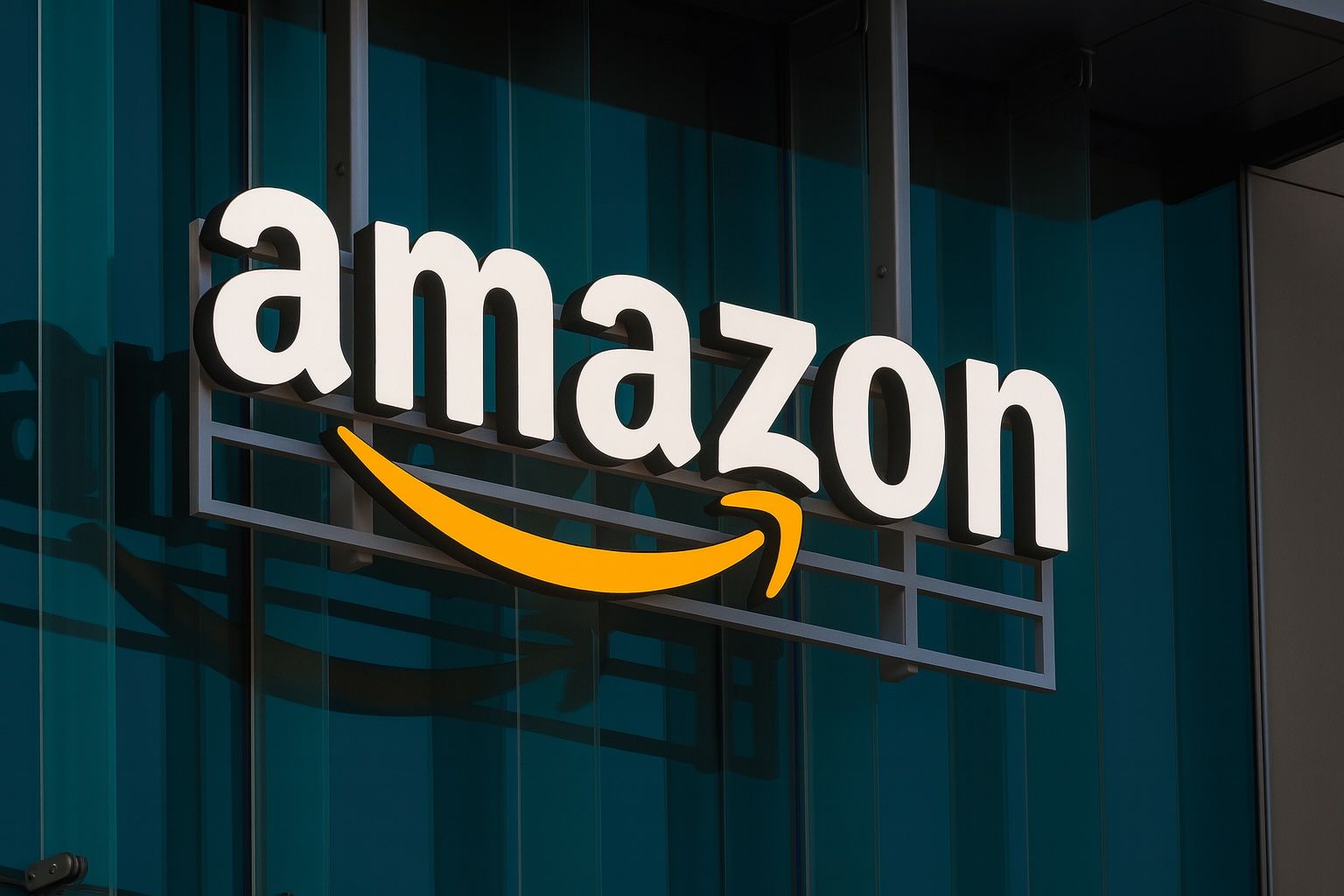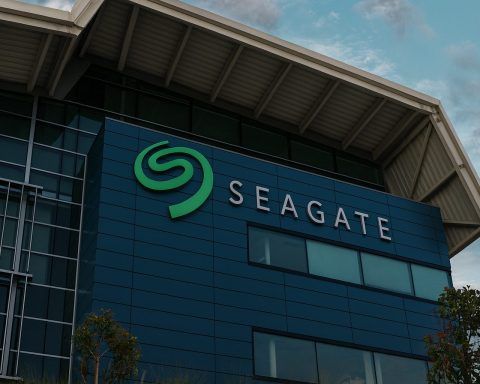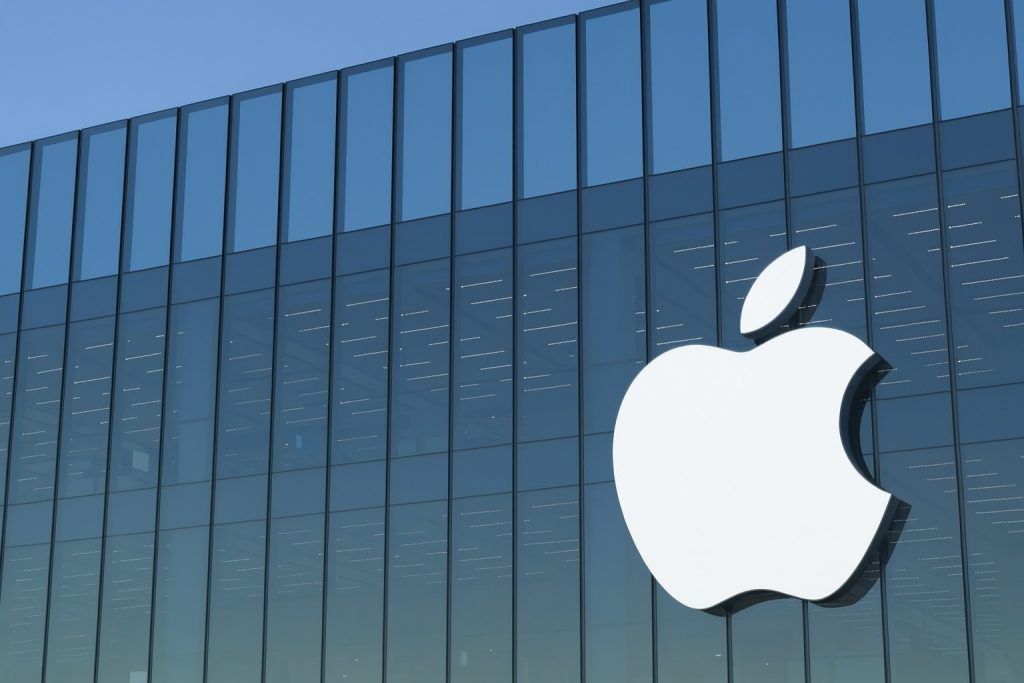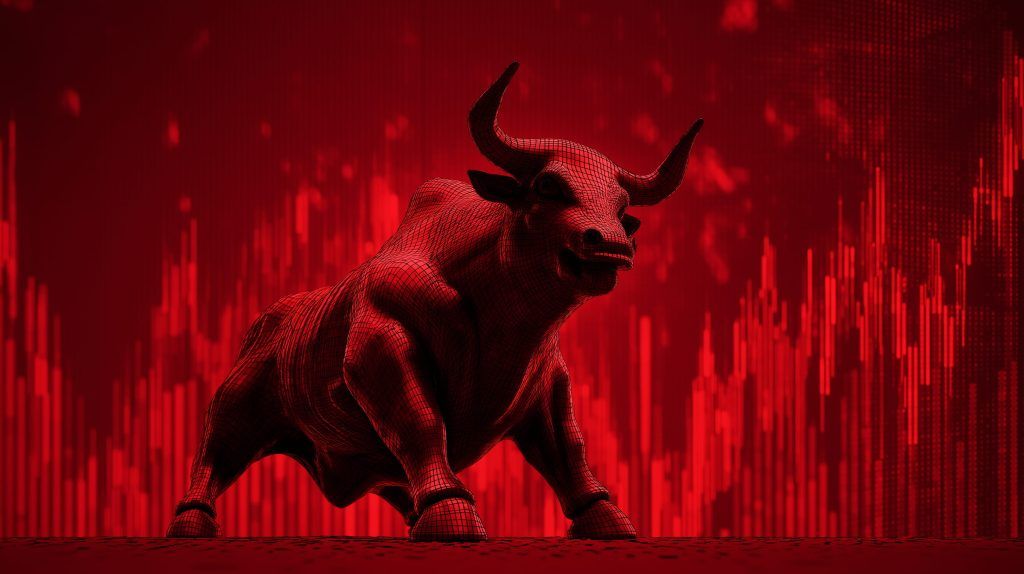- Recent surge: Amazon (AMZN) shares closed at $244.22 on Oct. 31, 2025 – up 9.6% that day and marking a new all-time high [1]. After-hours trade was about $244.30. The stock is up into the low-double-digits YTD after lagging its big-tech peers for much of the year [2] [3].
- Strong Q3 results: In its Oct. 30 earnings release, Amazon reported $180.2 billion in Q3 revenue (+13% YOY) and $1.95 EPS, comfortably beating consensus [4]. This topped the ~$177–178B sales estimate. Crucially, the high-margin AWS cloud unit grew ~20% YOY (to $33 B) [5], its fastest pace in years, driven by strong demand for AI-related services (CEO Jassy noted AWS is “growing at a pace we haven’t seen since 2022” [6]). Amazon also raised its Q4 sales outlook above Wall Street’s forecast.
- Major developments: In late Oct, Amazon announced ~14,000 corporate job cuts (about 4% of white-collar staff) to reduce costs and bureaucracy [7]. It also settled an FTC case for $2.5 B (including $1.5 B in consumer refunds) over Prime-subscription practices [8]. These moves removed big overhangs on the stock. (An Oct. 20 AWS outage briefly hit headlines, but Amazon quickly resolved it and shares actually ticked up ~1.6% on that day.)
- Analyst sentiment: Wall Street is broadly bullish on AMZN. About 90% of analysts rate it a “Buy” and the average 12-month price target is in the mid-$260s [9]. Several brokerages have raised their forecasts after the strong quarter – for example, Goldman Sachs now targets ~$275 [10], and firms like BofA, Stifel and Telsey have targets near $300 [11] [12].
- Technical outlook: Traders note a key resistance around the old high of ~$242 [13]. A clean breakout above that level could fuel another leg up – chart analysts say it might “propel shares toward $270+” [14]. Overall, after months of sideways drift, Amazon’s chart is showing renewed leadership.
Current Price & Recent Performance
Amazon ended Friday, Oct. 31 at $244.22 on the NASDAQ, a +9.58% gain from the prior close [15]. This was one of AMZN’s largest one-day moves in years, driven by the blowout earnings report. For the week (Oct. 27–31), the stock climbed from the mid-$220s to the mid-$240s, a roughly +8% weekly rise. Year-to-date, Amazon is now up roughly 10–12%, a big improvement from being essentially flat earlier in October [16] [17]. (By way of context, the Nasdaq Composite has gained ~15% YTD, and peers like Microsoft and Google were already up high teens.) According to Reuters, Amazon’s 2025 return was the laggard among the so-called “Magnificent Seven” before this rally [18], but the recent pop has helped catch it up.
Major News & Recent Developments
Amazon attracted a flurry of news in the past week, most of it positive or neutral from an investor standpoint:
- Q3 Earnings (Oct. 30): The big catalyst was Amazon’s quarterly report. Revenue of $180.2 B (+13% YOY) beat estimates, and EPS of $1.95 topped the ~$1.58 forecast [19]. As noted, AWS sales jumped 20% [20], signaling a true rebound in cloud growth. The company also guided Q4 sales above consensus (~$206–213 B vs. ~$208 B expected). This showed all of Amazon’s engines were firing: retail sales grew solidly (North America sales +11% YOY) and advertising jumped ~24% [21]. Investors reacted strongly — the stock surged 9–10% in after-hours trading on Oct. 30 as these beats became known [22] [23].
- Layoff Announcement (Oct. 27–28): Just before earnings, Amazon announced a major corporate downsizing. It said it would cut about 14,000 corporate (white-collar) jobs immediately, and Reuters reported that as many as 30,000 total roles could go by year-end [24]. CEO Andy Jassy framed this as streamlining “culture” and bureaucracy (not a direct cost-cutting driven by current earnings), noting AI and automation would enable doing more with fewer people. The company took a $1.8 B severance charge in Q3 for this. While layoffs are painful, analysts largely view them as prudent for future margins. The stock barely dipped on the news, and some saw it as a sign Amazon is being proactive on costs [25].
- FTC Settlement (announced Oct. 4): Amazon agreed to pay $2.5 billion to settle a Federal Trade Commission case over deceptive Prime enrollment/cancellation tactics [26]. The deal (including $1.5 B in refunds) closed a lingering regulatory issue. Amazon admitted no wrongdoing, and the market saw it as removing a huge legal overhang. The stock barely reacted when the news broke. Rating agencies and analysts called the settlement a net positive, noting Amazon is big enough (>$20 B profit per quarter) to absorb the fine [27]. (By contrast, broader antitrust suits from the FTC and EU remain open.)
- AWS Outage (Oct. 20): In late October, a major AWS data center glitch briefly knocked hundreds of websites offline. However, Amazon engineers restored service within hours, and investors largely shrugged it off. In fact, AMZN stock rose about 1.6% that day [28]. Market commentators quipped that the outage put a “spotlight” on AWS’s importance but didn’t “shine” long enough to hurt confidence [29]. Many saw the quick recovery as evidence of AWS’s resilience, rather than a lasting negative.
- Other Items: Jeff Bezos’s ex-wife MacKenzie Scott continued a gradual share sale (selling billions worth in 2025), but it was understood as funding her philanthropy, not a signal on Amazon’s health [30]. (Her stake remains ~4%.) Amazon also announced new AI initiatives and partnerships in recent weeks – for instance, a $4 B stake in AI startup Anthropic to bolster AWS, and a deal making AWS the NBA’s official cloud partner [31]. These strategic moves underscore Amazon’s commitment to cloud/AI growth, and help explain the optimistic analyst tone.
Analyst Perspectives & Forecasts
After the Q3 beat, analysts and strategists were full of praise for Amazon’s turnaround. As one eToro tech analyst put it, “Amazon delivered one of the strongest performances of this earnings season,” quelling doubts about its scale and execution [32]. Zacks analyst Ethan Feller called the quarter “banner” and said it could mark a turning point that helps Amazon reclaim leadership among big-tech stocks. Technical analysts now highlight the $242–243 range (February 2025’s high) as key. A sustained move above this old peak could unlock the next leg of gains: “a breakout above ~$242 could propel shares toward $270+,” notes TS2 (charting analysts) [33].
Wall Street’s consensus is bullish. Roughly 90% of analysts rate AMZN a “Buy” [34]. The average 12-month price target is around the mid-$260s [35], about ~20% above the current level. In fact, many firms have hiked targets post-earnings: Goldman Sachs raised its target to $275 (calling AMZN a “top pick” on cloud/ad strength) [36]. A recent MarketBeat survey shows multiple banks have targets in the high-$200s: e.g., BofA, Stifel and Telsey analysts boosted targets into the $295–$303 range (roughly 25–35% upside) [37] [38]. (Even more optimistic, some independent forecasters have scenarios where Amazon’s valuation could approach the low-$300s by late 2026.) On valuation, Motley Fool’s Jennifer Saibil notes Amazon trades around 29–33× forward earnings, which she sees as “not a bad price to pay” given double-digit growth in AWS and ads [39].
On the flip side, some caution that much of the recent upside is already priced in. But the dominant view is that Amazon’s multiple growth engines – accelerating cloud/AI, solid e-commerce, and a booming ads business – support further gains. For the upcoming holiday season, guidance above expectations adds confidence. If Amazon keeps “firing on all cylinders” (as one strategist put it [40]) and maintains its growth momentum, most experts expect the stock to climb further into 2026.
Sources: Authoritative financial news and analysis reports [41] [42] [43] [44] [45]. All data and quotes are as of Nov. 2, 2025.
References
1. www.reuters.com, 2. ts2.tech, 3. www.reuters.com, 4. ts2.tech, 5. ts2.tech, 6. ts2.tech, 7. ts2.tech, 8. ts2.tech, 9. ts2.tech, 10. ts2.tech, 11. www.marketbeat.com, 12. www.marketbeat.com, 13. ts2.tech, 14. ts2.tech, 15. www.reuters.com, 16. ts2.tech, 17. www.reuters.com, 18. www.reuters.com, 19. ts2.tech, 20. ts2.tech, 21. ts2.tech, 22. ts2.tech, 23. ts2.tech, 24. ts2.tech, 25. ts2.tech, 26. ts2.tech, 27. ts2.tech, 28. ts2.tech, 29. ts2.tech, 30. ts2.tech, 31. ts2.tech, 32. www.reuters.com, 33. ts2.tech, 34. ts2.tech, 35. ts2.tech, 36. ts2.tech, 37. www.marketbeat.com, 38. www.marketbeat.com, 39. ts2.tech, 40. ts2.tech, 41. www.reuters.com, 42. www.reuters.com, 43. ts2.tech, 44. ts2.tech, 45. www.marketbeat.com







